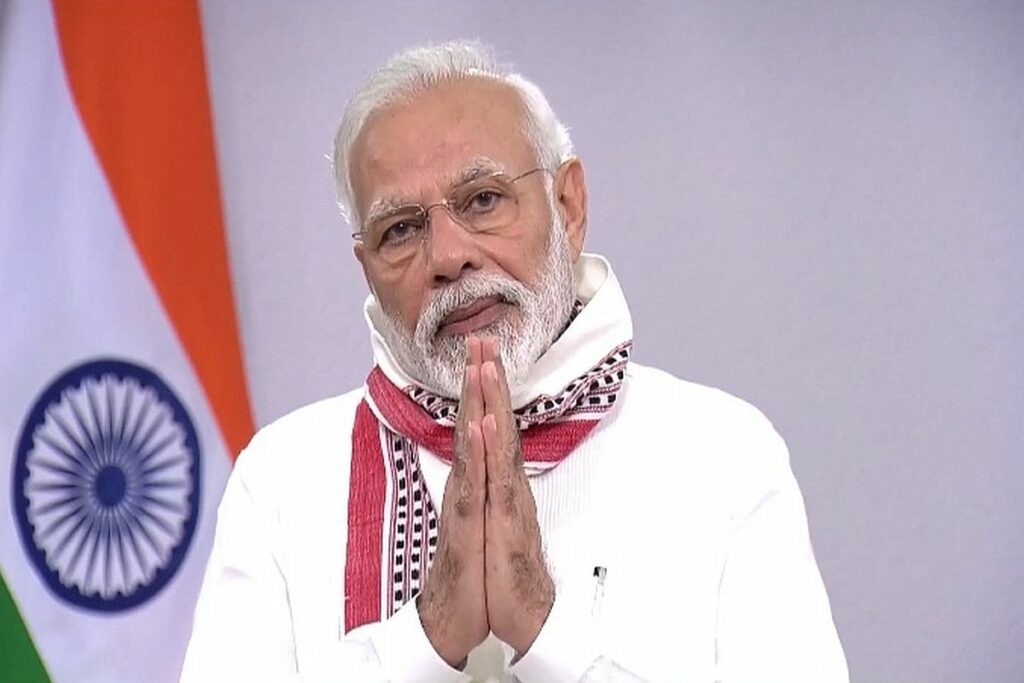Manas Dasgupta
NEW DELHI, March 9: India is expected to successfully conclude its special “Operation Ganga” mission on Thursday when the last batch of the India nationals, most of them students studying medicine in various Ukrainian Universities, are expected to board flights from Poland to the safety of their homeland, thanks to the prime minister Narendra Modi.
The operation launched on February 22 to pull out the Indians from Ukraine amidst the bugle of war, had to be suspended for some time when Russia actually sent forces inside Ukraine but the operation was resumed again, this time from the lands of Ukraine’s neighbouring countries where Indian officers and even four union ministers were deputed to co-ordinate the evacuation operation. The last batch of students — nearly 700 stranded in Sumy near the Russian border — evacuated on Tuesday are on way to western Ukraine on train on Wednesday from where they will take home-bound flights.
While the hazardous operation amidst gunshots and air raids by Russian war planes was carried out methodically in most other parts of war-ravaged Ukraine, evacuation of some 700 students and a few other nationals suck in Sumy, the nearest major urban centre in Ukraine from the Russian borders on the eastern side, had to be aborted several times and posed a major challenge before the authorities because of intense shelling by the Russian forces.
It took two phone calls from Modi to the heads of state of Russia and Ukraine, President Vladimir Putin and President Volodymyr Zelensky respectively, in creating the “humanitarian corridor” to ensure safe passage for the stranded Indian students who had been sending desperate calls to the Government of India for help under the threats of vanishing food and water and sub-zero degree cold outside.
After days of nerve-wracking negotiations, more than 650 Indian students stranded in Sumy were moved out on Tuesday. Modi’s calls to Putin and Zelensky played big roles in clearing the way for the students after several abortive attempts to evacuate them as both leaders assured safe passage for the students. “In both calls, the leaders gave their green signal and told the Prime Minister that they did not have a problem with safe passage.”
After the calls, officials in Moscow and Kiev got instructions to create a humanitarian corridor. On Tuesday, the students were picked up by buses from a point in Sumy and were taken to Poltava in central Ukraine.
Amidst heavy shelling and gunfire in Sumy, the students had sent out SOS videos but Indian officials were unable to organise safe passage for them. The students said they had run out of food and water and even threatened to start leaving the city on their own. “It was a complicated and dangerous situation,” officials said. They said hiring buses in the war-torn region was a huge challenge as Ukrainian drivers were not willing to drive towards the Russian side.
External Affairs Minister S Jaishankar was also in constant touch with his counterparts in Russia, Ukraine and its neighbours. India also engaged with the Red Cross, both in Geneva and Ukraine, for help with evacuating the students.
When Russia finally opened a “humanitarian passage” in cities for international students, the students stuck in Sumy were evacuated. They were asked to maintain radio silence until they crossed the danger zone.
Not only the Indian students, India also allowed a few nationals from other countries to board the buses it arranged for evacuation of the stranded people. The Bangladesh Prime Minister Sheikh Hasina thanked Modi for rescuing her country’s nationals under ‘Operation Ganga,’ alongside the stranded Indian nationals who were being evacuated from war-hit Ukraine.
India has rescued nine Bangladeshis from Ukraine so far, as well as several Nepalese and Tunisian students, through the special flights it has been running under its evacuation mission ‘Operation Ganga’. One Pakistani national was also rescued by Indian authorities and is now en route to western Ukraine for further evacuation out of the country.
India has been trying to evacuate its nationals, mainly students, from Ukraine since late-February, but was having trouble doing so in eastern parts of the country, particularly the north-eastern city of Sumy, where almost 700 Indian students had been stranded and weren’t able to leave. About 18,000 Indians have been brought back from Ukraine through the special flights since February 22. The war in Ukraine began on February 24, when Russia launched a full-scale invasion of its ex-Soviet neighbour, following which several Ukrainian cities have been under near-constant attack.
Union aviation minister Jyotiraditya Scindia tweeted that the last special flight from Romania was taking off. Nearly 8000 Indians evacuated through Romania. The last special flight departed from Bucharest on Wednesday. “We would like to express our gratitude to government and people of Romania for their help. Thank you,” he said.
On Monday, Scindia, who was overseeing operations on the ground from Bucharest, tweeted: “Reassuring calls to parents, bright eyes & wide smiles – our last flight back to India is full of cheer, as 155 people on board with us return to their homeland. All set to take off!”
The Indian embassy in Ukraine in its latest advisory on Wednesday said that 600 students who were taken out of Sumy the day before are expected to board an evacuation flight to be flown back to India on Thursday. The students earlier in the day boarded a special train en route to Lviv in western Ukraine, and from there they will make their onward journey to Poland. After reaching Poland, they would be flown back to India on an evacuation flight under ‘Operation Ganga.’

